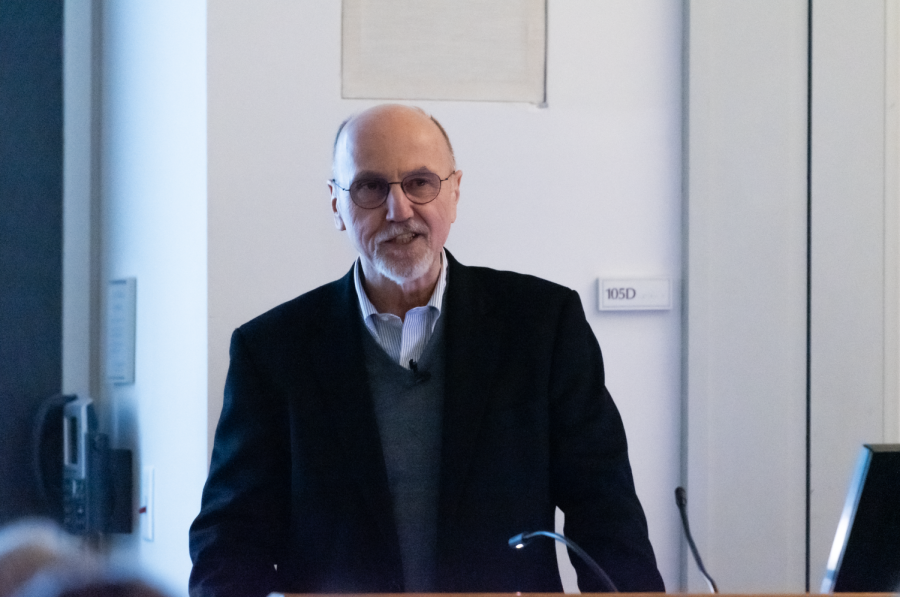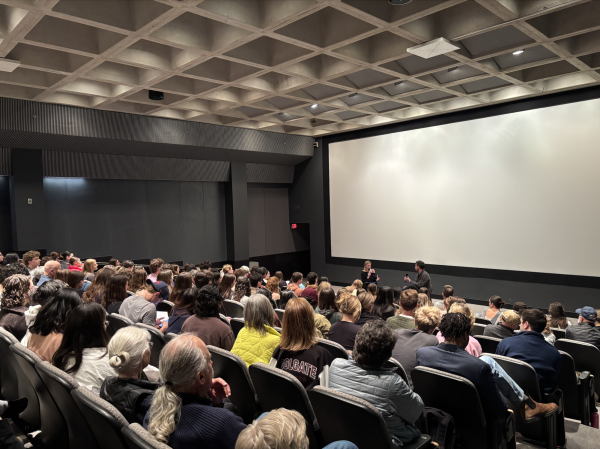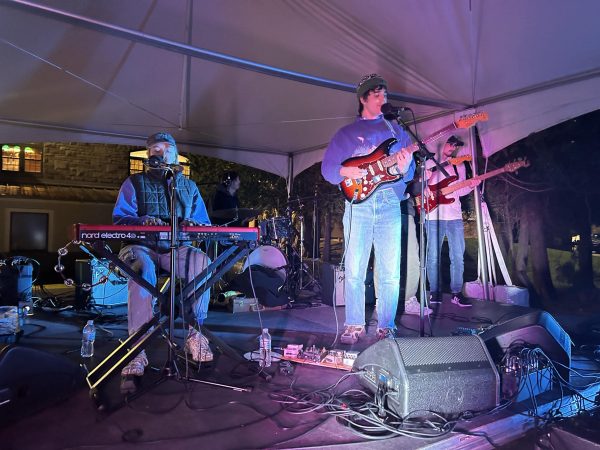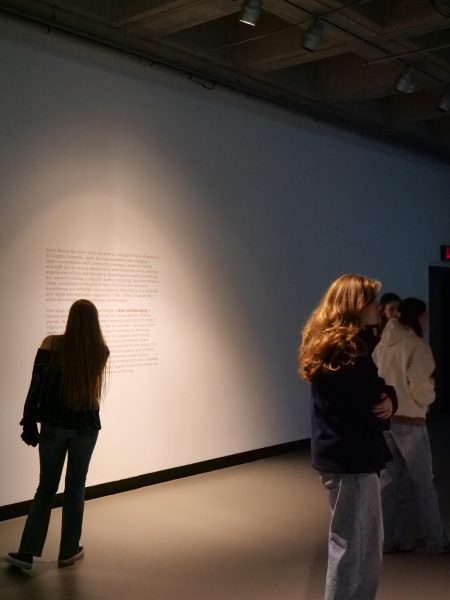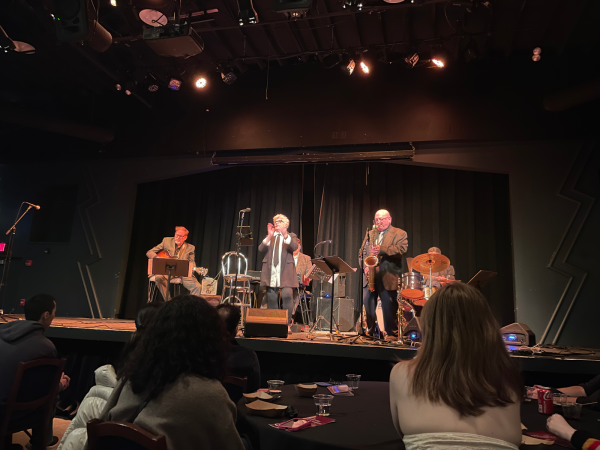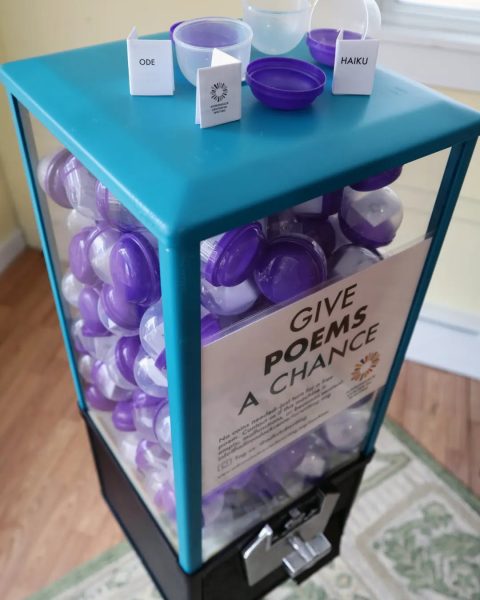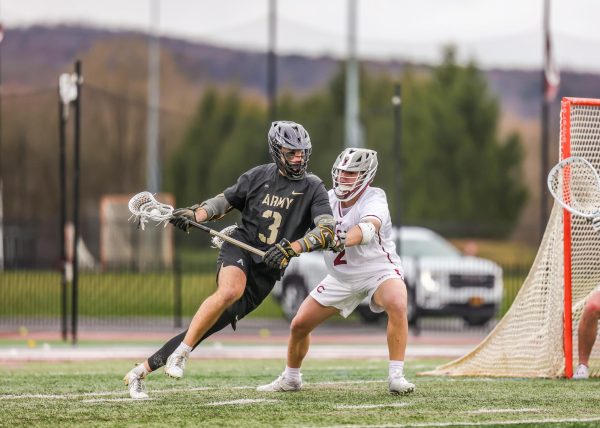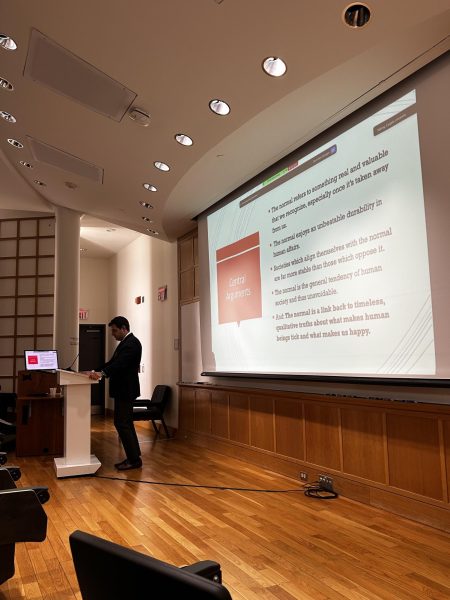How Literature Plays With The Brain
Eager listeners gathered together in Lawrence Hall for the discussion titled “How Literature Plays with the Brain” given by Paul Armstrong, professor of English at Brown University on Tuesday, Feb. 21.
There was a large turnout for this discussion; the entire lecture room was filled to the brim with interested attendees. Extra seats had to be brought in to fit everyone, and some attendees were moved to another room to watch the event on Zoom.
When Harrington and Shirley Duke Professor of Humanities and Chair of the Department of English Lynn Staley introduced Paul Armstrong to the filled room, she cited Colgate’s new “mind-brain behavior initiative” as the motivation behind his visit.
“Two of his recent books make him particularly interested in a campus with a new mind-brain behavior initiative, the neuroscience of reading and stories and the brain,” Staley said.
During his time on the Colgate campus, Armstrong engaged with professors and students. He attended classes in the Psychological and Brain Sciences department and had lunch with faculty from the English and Arts & Humanities departments.
Armstrong described how the discussion directly correlates with his first book “How Literature Plays with The Brain” and how it explores literary theories of reading that come from phenomenology; there are parallels present within the neuroscience of perception and temporality of brain functioning. Armstrong explained how his most recent book, “Stories and the Brain: The Neuroscience of Narrative,” continues to explore these ideas. In the lecture, Armstrong focused on narrative, stories and narrative theory asking how it is that our brains are able to relay and understand stories.
Afterward, the presentation concluded with Lesleigh Cushing, provost and dean of daculty and professor of both Jewish studies and religion, leading a discussion/Q&A. Cushing asked questions of her own to Armstrong after facilitating questions from the audience.
When asked about her thoughts on the grand turnout of the event, Cushing said that “[It] was fantastic to see turn-out like that at an academic talk and to know that students from a wide range of backgrounds from a lot of different departments and majors wanted to learn more about story-telling and the brain. I was really taken aback by the turn-out.”
Staley worked with Colgate professors in order to bring Armstrong to campus.
“[We] worked together to bring scientists and humanists into conversation and, more important, to alert students to the importance of cross-disciplinary endeavors,” Staley said.
Cushing is appreciative of how representative Armstrong’s work is of Colgate.
“What Paul Armstrong did in that talk is really at the heart of what we do at a place like Colgate: we don’t just learn how a particular field or discipline thinks about an idea or a problem, we put different fields into conversation with one another to get a much richer and complex understanding of an idea or problem,” Cushing explained. “Students do this every time they are sitting in a class in one subject and suddenly think, ‘Wait, this is so connected to what I was just learning in my other class.’ They’re creating a dialogue across different knowledge systems.”
Senior Lauryn Johnson shared what brought her to the discussion.
“I was drawn to attend this event because it covered a topic that is a combination of my two majors: Neuroscience and English,” Johnson said. “I enjoyed this talk and was struck by the connection he made between the harmony and dissonance that our brains need in order to make sense of the world and the harmony and dissonance we rely on when reading a story.”
After the discussion concluded, the room grew in conversation and connections. When asked what Armstrong believed attendees should take away from this afternoon, he had one thing to note.
“One of the great things about being a student is you can go from one class to another class and cross these boundaries, in ways that those of us who are professors in specialized disciplines can’t so easily. So maybe the takeaway for students is to use that mobility, use that possibility that they get from different classes,” Armstrong said.
Staley hopes that students’ main takeaway is there is no confinement within liberal arts to a single field of study, and that a wider range of interests can enrich their careers and lives.
“I hope students will realize that Colgate, as a liberal arts college, opens up possibilities of work across departmental divides, that we can talk to and learn from one another, that students need not limit themselves to one type of study,” Staley said.
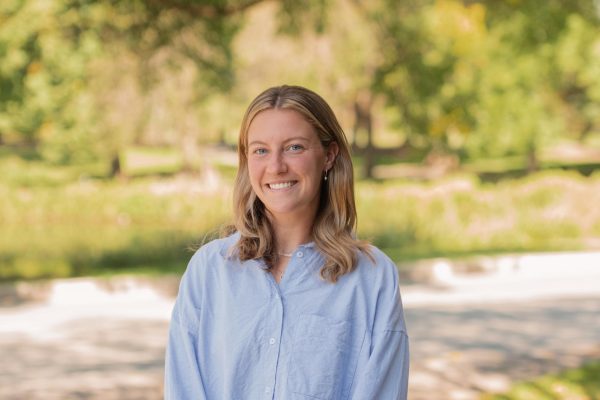
Mary Grygier is a senior from Ridgewood, NJ concentrating in psychology and film & media studies. She has previously served as a contributing photographer....


